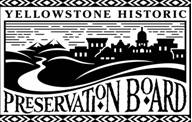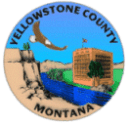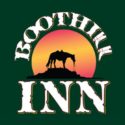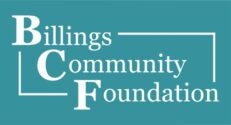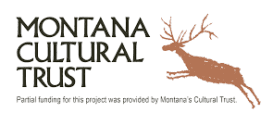Exhibit through May 25, 2024
Beginning in the 1870s, the US government attempted to educate and assimilate American Indians into “civilized” society by placing children—of all ages, from thousands of homes and hundreds of diverse tribes—in distant, residential boarding schools. Many were forcibly taken from their families and communities and stripped of all signs of “Indianness,” even forbidden to speak their own language amongst themselves. Up until the 1930s, students were trained for domestic work and trade in a highly regimented environment. Many children went years without familial contact, and these events had a lasting, generational impact.
Native Americans responded to the often tragic boarding school experience in complex and nuanced ways. Stories of student resistance, accommodation, creative resolve, devoted participation, escape, and faith in one’s self and heritage speak individually across eras. Some families, facing increasingly scarce resources due to land dispossession and a diminishing way of life at home, sent their children to boarding schools as a refuge from these realities. In the variety of reactions, Ojibwe historian Brenda Childs finds that the “boarding school experience was carried out in public, but had an intensely private dimension.”
Unintended outcomes, such as a sense of “Pan Indianism” and support networks, grew and flourished on campuses, and advocates demanded reform. Boarding schools were designed to remake American Indians but it was American Indians who changed the schools. After graduation, some students became involved in tribal political office or the formation of civil rights and Native sovereignty organizations. The handful of federal boarding schools remaining today embrace Indigenous heritage, languages, traditions, and culture.
This exhibition explores off-reservation boarding schools in its kaleidoscope of voices. Visitors will explore compelling photographs, artwork, interviews, interactive timelines, and immersive environments, including classroom and dormitory settings. Objects such as a period barber chair and a young Seminole girl’s skirt, as well as reproduction elements poignantly illuminate first-person accounts. Stories of tragedy and familial love and friendships intersect. Experiences of gaining things useful and beautiful out of education, despite a formidable, fifty-year agenda that mostly maligned Native American capabilities, call us closer; each trial, each turning of power seeded in human survival, strengthening Indigenous identity.
Thanks to our generous sponsors the S.S. Heyneman Foundation, Billings Community Foundation’s James Wrightson Educational Endowment Fund, Jim and Chris Scott, Mayor Bill Cole and Anne Cole, Billings Public Library Foundation, and First Interstate Bank. This exhibition is made possible by NEH on the Road, a special initiative of the National Endowment for the Humanities that provided major funding support. It is adapted from the Heard Museum of Arizona exhibition by the same name, and toured for NEH on the Road by the Mid-America Arts Alliance.
Student Contest Information Here
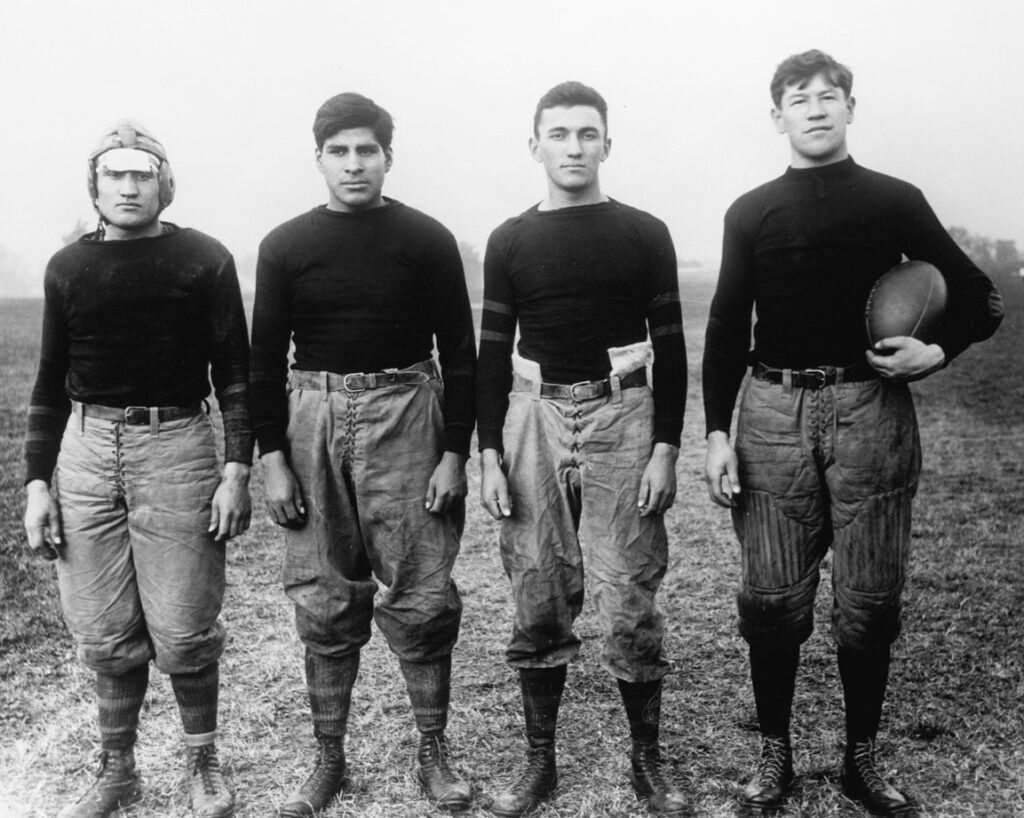
Special thanks to the S.S. Heyneman Foundation, Billings Community Foundation, Jim and Chris Scott, Mayor Bill Cole and Anne Cole, Billings Public Library Foundation, and First Interstate Bank for helping bring this national traveling exhibition to Billings.
